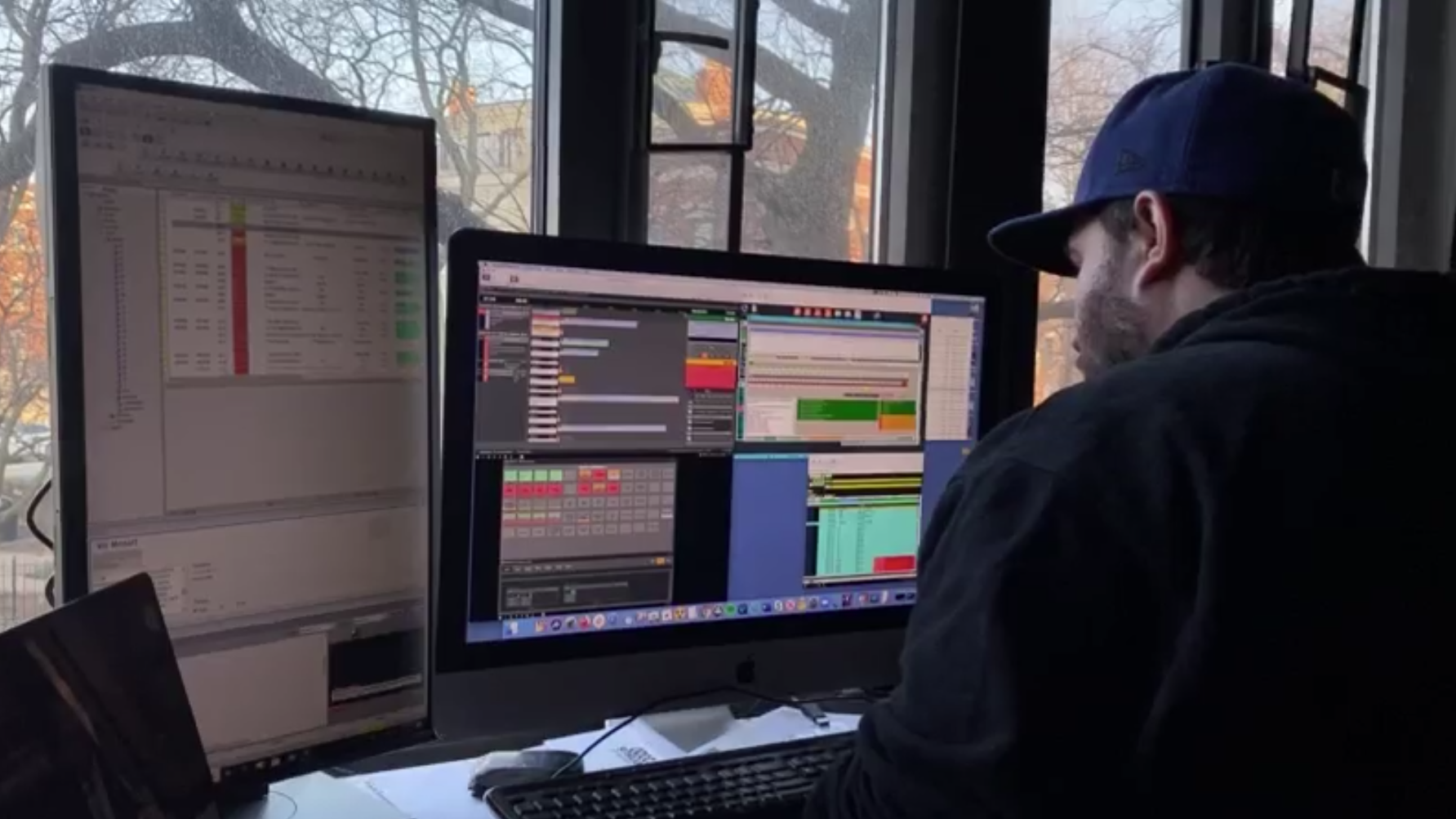COVID-19 Production Workflows: What Will Stay? What’s Next?
Software-based solutions provide flexibility, scalability and adaptability

AUSTIN, Texas—The television industry changed drastically in 2020, by force. We found new ways to create, new ways to deliver and new locations from which to produce. Simply put, we discovered a new way of working.
If and when our world returns to the way it was before—perhaps yours already has—will our traditional workflows remain the same?
The changes we were forced to make to workflows over the past few months equate to a “silent format war” of sorts. The content remains largely the same. Our news still gets delivered. Talk shows remain on the air. Sports were clearly affected but most leagues managed to get their games on air again. Live, unscripted formats are still being broadcast and streamed. But is this occurring in traditional, hardware-driven studios?
At the same time, the transition to software-based workflows is accelerating rapidly to bring unique and transformative capabilities that convert living rooms and garages into studio spaces, among other things. They enable experts from around the globe to participate in important discussions while improving interactivity among those participants.
Traditional hardware isn’t going away any time soon but what is most evident is that software-based solutions provide flexibility, scalability and adaptability—including a new way of thinking about fault tolerance—in ways traditional hardware-based workflows never could or ever will. COVID-19 served to make that plainly clear. Let’s look at each of those components and see why they work so well with software-based solutions.
FLEXIBILITY
A critical component of any “pandemic-resistant” workflow relates to our ability to adapt to production constraints put in place by social distancing directives. For production, this played out in two ways. First, it limited the number of individuals allowed in a studio or production space. And second, it demanded that workflows be controlled remotely.
Choose a piece of production gear in your workflow and ask yourself: Should this be available only on-premises? Or should this be brought to any screen I can access? The answer is most likely the latter. Using either cloud services or your own data center, we should be able to create a virtualized instance of our switchers, graphics engines and other live production tools, anywhere we need them.
Let’s quickly look at the keywords in this layout: cloud and virtual. These are buzzwords that CFOs love to hear when considering where dollars should be allocated. The truth is, cloud and virtual are only means to an end. Software is what allows us to access our devices remotely. Software allows us to truly work remotely in real time. Where that software sits doesn’t really matter as long as it can be accessed when and where it’s needed, whether that be in your studio, in another building, another city, or in your home. Software is the true game changer.
SCALABILITY
We have traditionally thought of scalability as the capability of scaling up our productions with additional cameras, graphics capabilities, and other production components. How quickly can our home be scaled up into a studio? Or scaled down for that matter?
With traditional workflows, the answer is: frustratingly slow and super expensive, or next to impossible. It would take a full integration to be implemented into a person’s home to transform their space into a studio. And moving that around quickly would be mostly unfeasible. Core to the traditional studio workflow is that they are installed for some time.
Software here is again a true enabler. Regardless of the location of the physical product, the solution can be accessed far afield. By providing access to the technology, we enable instant scalability. If your switcher operator is stuck at home—for whatever reason—they can still be a part of the production. And when you’re done, you’re done. You scaled up to meet requirements. If you don’t need as much anymore, you’re not stuck with loads of expensive equipment taking up space.
FAULT TOLERANCE
That leads us to the unforeseen weak link in the traditional hardware-based armor exposed by the pandemic—and, perhaps, the single greatest lesson we were taught over the past few months: redefining the idea of fault tolerance.
When the pandemic hit and we were forced to produce from home, those second fail-over systems put in place in case of emergency were as useless as the ones they were intended to replace. What literally saved the day was not fail-over hardware,v it was software and networks.
At the start of 2020, the idea that we could produce a show from a garage consisting entirely of remote callers would have sounded ridiculous. Now, we’re ready to make it happen at a moment’s notice. Simply put, there is no hardware fault—or location fault—that can hold us back.
So, what do we take with us into our new workflows?
What these setups have enabled has been impressive. We’ve seen more remote conversations occur—which translates into the improved exchange of ideas. We’ve started to see the beginning of virtualized environments take shape—where individuals can actually interact with “physical” components on set in real time. We’ve seen content continue to be crafted.
That has always been the crux of the equation: content. Is the content of value? If so, then we must keep creating it—regardless if it is enabled by traditional or software workflows. The reality is that consumers of content have not only accepted these productions fueled by software-driven storytelling, they have come to expect it—and demand it.
Therefore, we need to bring in the software workflow. We need to use it as part of our everyday offerings—even when we have returned to the office. Cloud, virtualization, and software-backed solutions all have a place in how we create content. They prepare us for the future. They guard us against failure.
What is the risk of not doing this? The list of companies who failed to adapt during changing times and changing technologies is long and storied. The fate of VHS or the DVD are worth consideration. Newspapers and 35mm film manufacturers are also in the discussion.
Some semblance of these technologies and industries do, in fact, exist today. But they have lost their place of prominence in our daily lives. Our content brands can’t suffer that same fate. We must stay relevant through innovative storytelling, crazy creative workflows, and timely delivery. With software-defined visual storytelling, it appears that it will not only survive, but thrive.
Scott Carroll is external communications director at The Vizrt Group.
Get the TV Tech Newsletter
The professional video industry's #1 source for news, trends and product and tech information. Sign up below.
Scott Carroll is Sr Manager, Marketing and Communication for Signiant.

